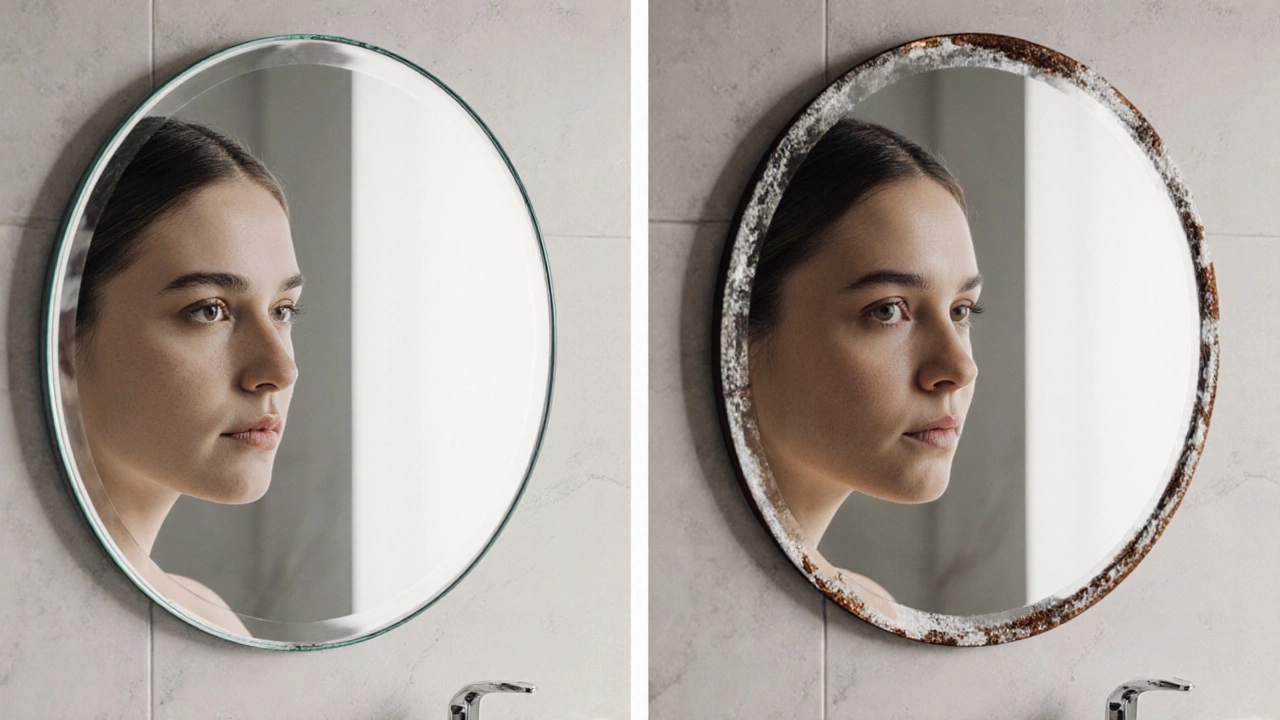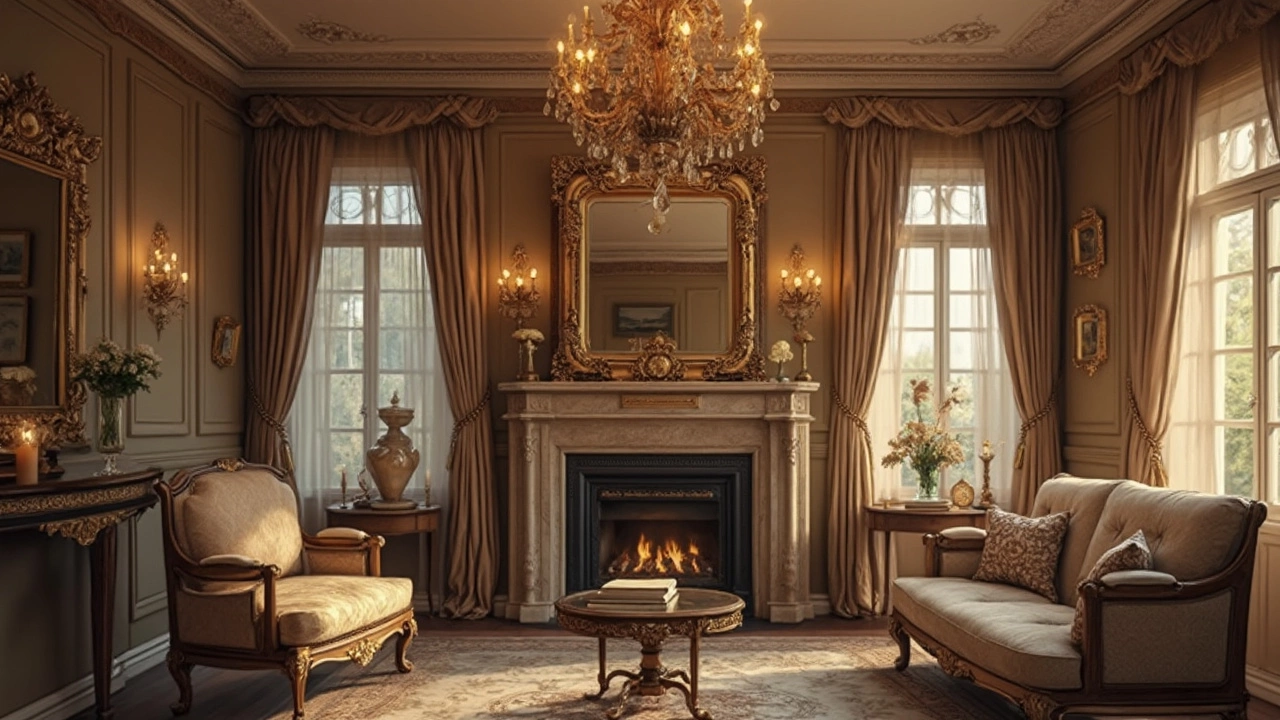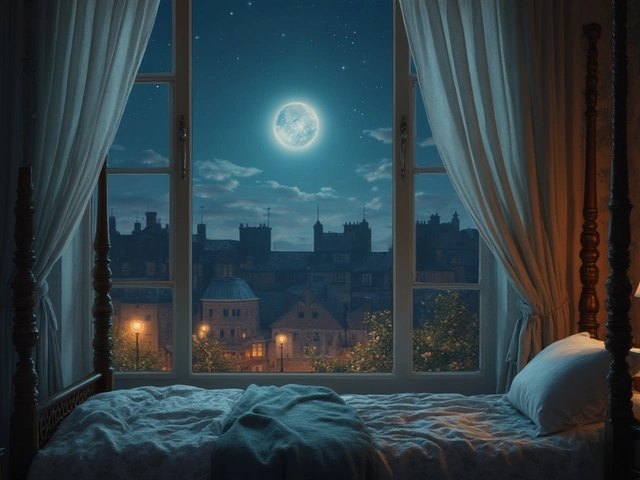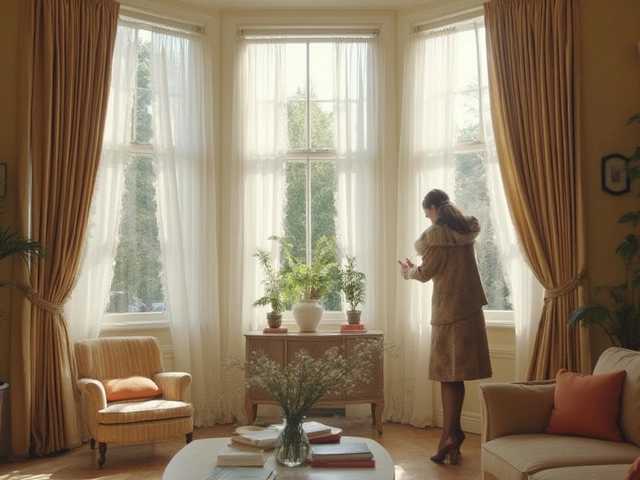Expensive Mirrors – Why They Cost More and How to Pick the Right One
When you see a mirror priced at several hundred pounds, you might wonder if it’s really worth it. The truth is, a high‑end mirror can be more than just a reflective surface. It can be a statement piece, a work of art, and a functional item that lasts for years. Below we break down the main reasons mirrors get pricey and give you a simple plan for choosing one that fits your space and budget.
What Drives the Price?
First off, the material matters. Hand‑cut glass, crystal, and polished metal frames add weight and cost. A crystal mirror uses real crystal shards that catch light in a way plain glass can’t. Metal frames made from brass, bronze, or wrought iron are hand‑forged, which takes skill and time.
Second, design plays a big role. Limited‑edition collections or pieces designed by well‑known designers command higher prices because you’re paying for a brand’s reputation. Unique shapes—like oversized circles, frameless edge‑to‑edge panels, or intricate baroque details—also require extra craftsmanship.
Third, the finish and backing affect durability. Mirrors with a silvered back that’s sealed with protective layers resist tarnish and last longer. Some luxury mirrors even have anti‑fog or anti‑glare coatings, which add to the cost but improve everyday use.
How to Choose the Right Expensive Mirror
Start with the room’s needs. In a bedroom, a large framed mirror can create the illusion of space and add a touch of elegance. In a hallway, a slim, full‑length mirror improves lighting without taking up much floor space.
Measure carefully. The rule of thumb is to leave at least a few inches of wall space around the frame so the mirror doesn’t feel cramped. If you’re hanging a heavy piece, make sure you have proper wall anchors and consider professional installation.
Think about style. If your décor is modern, look for clean lines, minimal frames, or frameless options. For a more classic vibe, choose ornate wood or metal frames with decorative details. Pair the mirror’s metal tones with other fixtures—think brass lamp bases or bronze door handles—for a cohesive look.
Budget wisely. Set a maximum you’re comfortable with, then compare features. A slightly cheaper mirror with a solid glass pane and a simple metal frame can still feel upscale if the finish is high quality. Sometimes a well‑chosen mid‑range piece looks more expensive than a higher‑priced, over‑designed one.
Finally, care for your investment. Dust with a soft cloth and avoid abrasive cleaners that can scratch the surface. If the frame is wood, a light wax once a year keeps it looking fresh. For metal, a gentle polishing product prevents oxidation.
Expensive mirrors aren’t just about price tags; they’re about lasting design, quality materials, and the impact they have on a room. By understanding what makes them costly and following a few practical steps, you can select a piece that feels worth every penny and elevates your home’s style.

What Is the Difference Between Expensive and Cheap Mirrors?
Expensive mirrors use high-quality glass, silver backing, and protective layers for true reflection and long life. Cheap mirrors distort images, peel quickly, and cost more over time. Know what to look for before you buy.

Are Expensive Mirrors Worth the Splurge?
Ever wondered why some mirrors come with hefty price tags? This article dives into what makes expensive mirrors stand out, considering factors like glass quality, frame designs, and craftsmanship. It offers practical tips on whether spending more actually means better quality. Discover the importance of mirrors in home decor and how to choose the right one for your space. Equip yourself with the right knowledge to make informed mirror purchases.
Categories
- Storage (27)
- Bathroom (18)
- Sofas (15)
- Curtains (15)
- Home Decor (12)
- Bedding (11)
- Kitchenware (11)
- Cushions (11)
- Mirrors (10)
- Rugs (9)
Popular Articles



